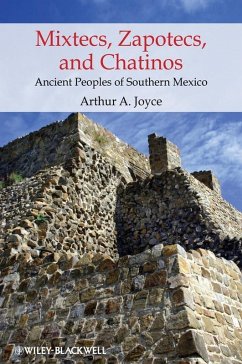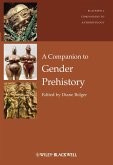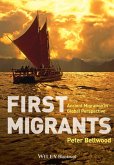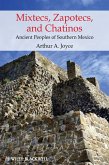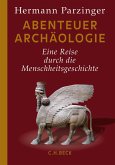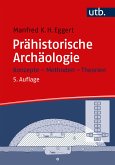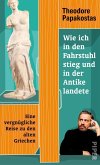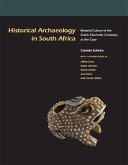Mixtecs, Zapotecs, and Chatinos: Ancient Peoples of Southern Mexico examines the origins, history, and interrelationships of the civilizations that arose and flourished in Oaxaca.
- Provides an up-to-date summary of the current state of research findings and archaeological evidence
- Uses contemporary social theory to address many key problems relating to archaeology of the Americas, including the dynamics of social life and the rise and fall of civilizations
- Adds clarity to ongoing debates over cultural change and interregional interactions in ancient Mesoamerican societies
- Supplemented with compelling illustrations, photographs, and line drawings of various archaeological sites and artifacts
Dieser Download kann aus rechtlichen Gründen nur mit Rechnungsadresse in D ausgeliefert werden.
"It is recommended reading for any serious student of Mesoamerican prehistory, and will likely shape the theoretical orientation of much Oaxacan archaeology to come." (Journal of the Royal Astronomical Institute, 2011)
"A great read! Joyce focuses a fine critical eye on understandingchanging relationships among Mixtec, Zapotec, and Chatino peoplesacross centuries of profound transformation."
--Wendy Ashmore, University of California, Riverside
"In this masterful synthesis of Oaxaca archaeology, Arthur Joycecovers the entire prehispanic sequence from the Archaic through thePostclassic, weaving together traditional knowledge with data fromthe most recent discoveries in the three best-documented regions ofOaxaca--the Valley of Oaxaca, the Mixteca, and theCoast."
--Marcus Winter, Centro INAH Oaxaca
"Excellent textbook to highlight major differences in thetheoretical tenets of processual and post-processual archaeologieswhile giving voice to the cultural legacy of Zapotec, Chatino andMixtec speaking peoples."
--Javier Urcid, Brandeis University
"A great read! Joyce focuses a fine critical eye on understandingchanging relationships among Mixtec, Zapotec, and Chatino peoplesacross centuries of profound transformation."
--Wendy Ashmore, University of California, Riverside
"In this masterful synthesis of Oaxaca archaeology, Arthur Joycecovers the entire prehispanic sequence from the Archaic through thePostclassic, weaving together traditional knowledge with data fromthe most recent discoveries in the three best-documented regions ofOaxaca--the Valley of Oaxaca, the Mixteca, and theCoast."
--Marcus Winter, Centro INAH Oaxaca
"Excellent textbook to highlight major differences in thetheoretical tenets of processual and post-processual archaeologieswhile giving voice to the cultural legacy of Zapotec, Chatino andMixtec speaking peoples."
--Javier Urcid, Brandeis University

